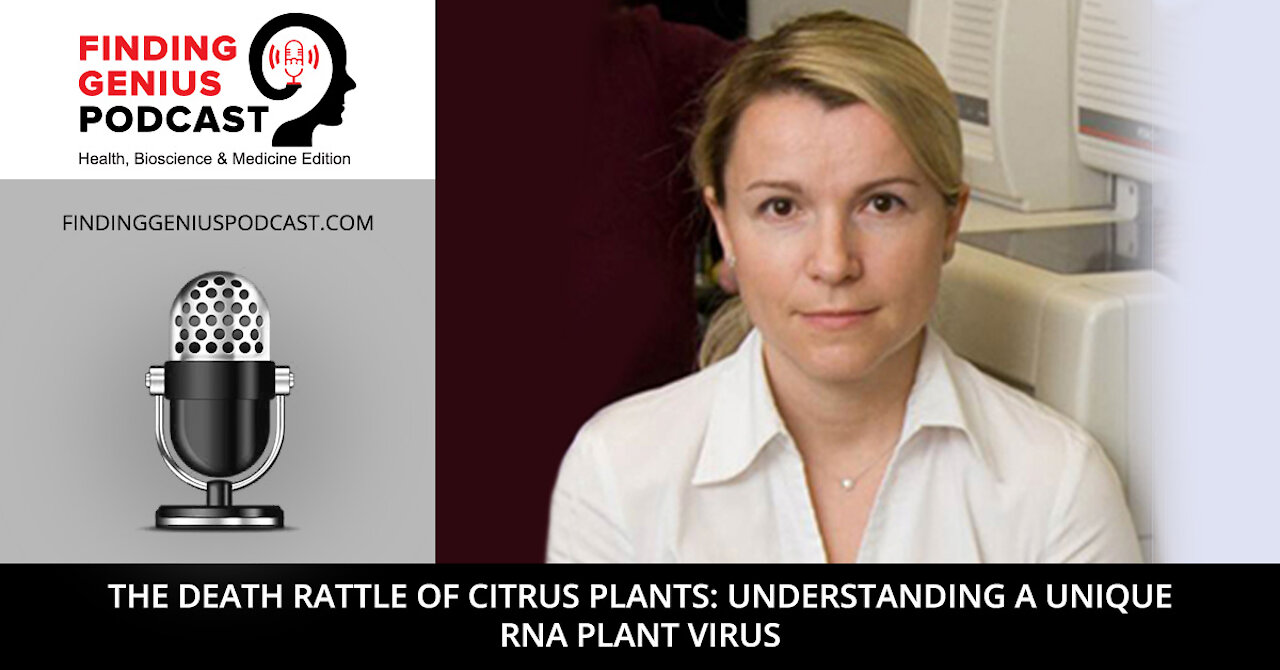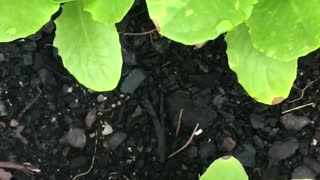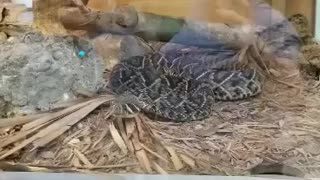Premium Only Content

The Death Rattle of Citrus Plants: Understanding a Unique RNA Plant Virus
Over the past century, one virus has been responsible for the death of over 100 million trees in the world, posing an agricultural problem particularly in regions of Asia, South America, and South Africa; this virus is called Citrus tristeza virus (CTV).
Press play to learn about it, and discover the following:
What role aphids play in the transmission of CTV from tree to tree
How ‘movement proteins’ interact with host proteins to facilitate the spread of virus within the plant
How viruses alter the expression of plant genes, and what effect this can have on the plant
How plant viruses travel from cell to cell within the host
In the Department of Plant Biology at the University of Florida, Associate Professor Svetlana Y. Folimonova, PhD, has been working with CTV for several years now, which is a virus that primarily affects citrus plants and trees. In some plant varieties, it causes no disease (or mild disease), while in others it causes severe disease, to such a degree that infection by the virus spreads throughout the entire plant and causes death.
In addition to the significant agricultural impact of this virus, Dr. Folimonova explains that the virus is fundamentally interesting in that it is among the largest of all RNA viruses, with a non-segmented genome comparable to the size of the virus causing COVID-19. At about 20,000 nucleotides, its genome is about twice as large as the average size of RNA viruses. It also has a unique shape, which can be described as filamentous—very long and narrow, with a “rattlesnake” structure.
Dr. Folimonova discusses how the virus enters plant cells, what happens once the virus is inside plant cells, the two main types of disease caused by CTV, how the virus alters many organelles within plant cells, as well as the structure of plasmodesmata—microscopic channels that pass through the walls of adjacent plant cells—to facilitate movement of the virus within the plant.
The primary practical goal of Dr. Folimonova’s work is to determine how diseases caused by CTV can be controlled. She discusses possible solutions, which leads to a conversation about cross-protection in plants, superinfection exclusion, and more.
Learn more by searching for Dr. Folimonova on Google Scholar, and by visiting https://plantpath.ifas.ufl.edu/people/faculty-pages/svetlana-folimonova/.
Available on Apple Podcasts: apple.co/2Os0myK
-
 0:34
0:34
FGP
12 days ago $0.02 earned🍎 The Impact Of Light On Fruit Color & Sweetness 🌞
581 -
 3:30
3:30
WKBW
3 years agoUNDERSTANDING PLANT BASED MILKS
220 -
 20:24
20:24
Heart Shaped Leaves
4 years agoPLANT HAUL | JUNE 2019 | RUIBALS PLANTS OF TEXAS REVIEW
31 -
 16:49
16:49
Heart Shaped Leaves
4 years agoHouse Plants From Thailand-My First International Plant Order
45 -
 12:03
12:03
Rambo1947
4 years agoThe CCP Virus Is Death Among The People
144 -
 2:34
2:34
Wolf Pup Productions
4 years agoUnique Voice Guy - Steel Panther - Death To All But Metal
63 -
 2:09
2:09
WEWS
4 years agoSewage samples show increase in COVID virus at 2 Northeast Ohio treatment plants
411 -
 0:58
0:58
Amolaa
3 years agoGreen plants
1051 -
 0:29
0:29
VastHarvestPermaculture
4 years agoCitrus fruiting
38 -
 0:15
0:15
Patriot797
3 years agoRattle snake maddness
134